Our Production Timeline
Learn more about our production timeline and how important each season is to our success. Select a season below to find out more.
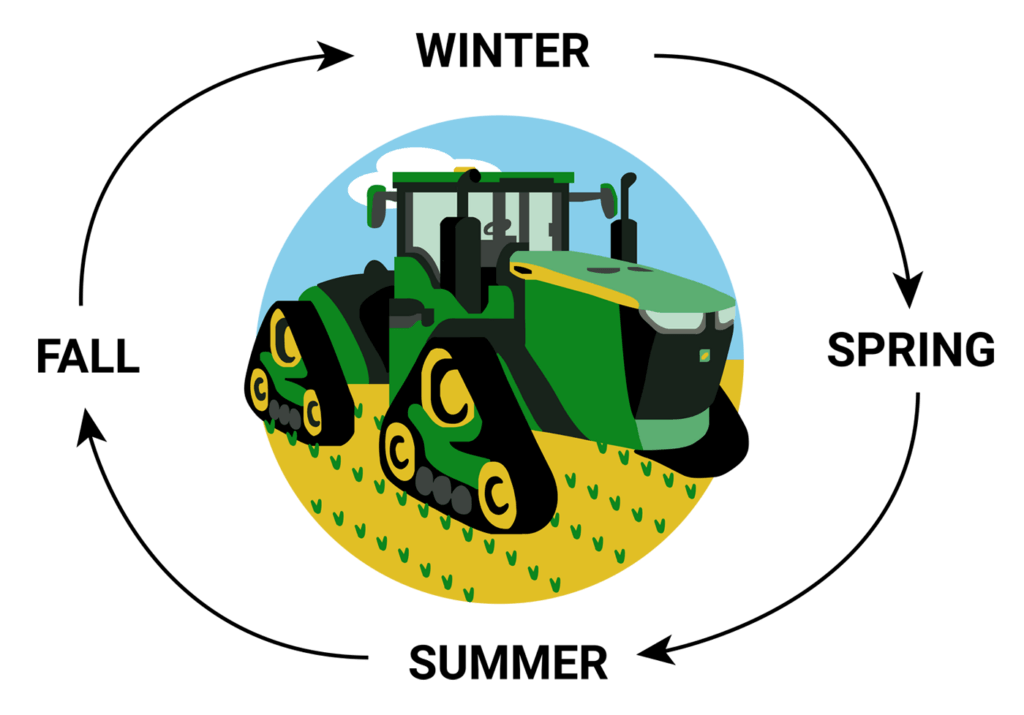
WINTER – Maintenance & Hauling Season
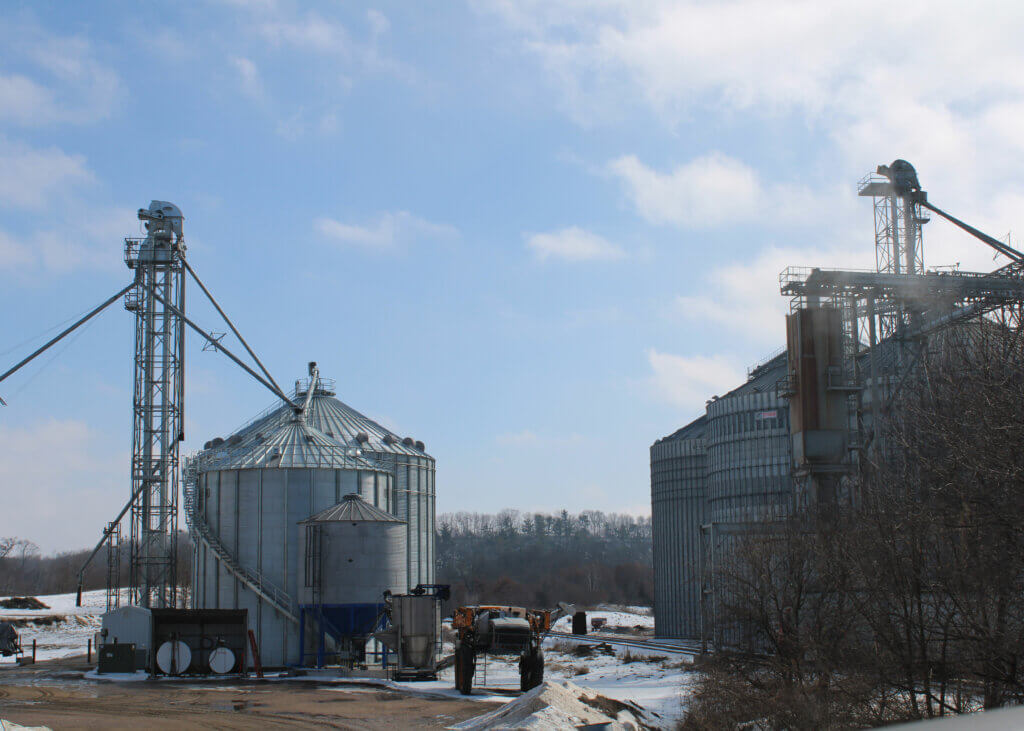
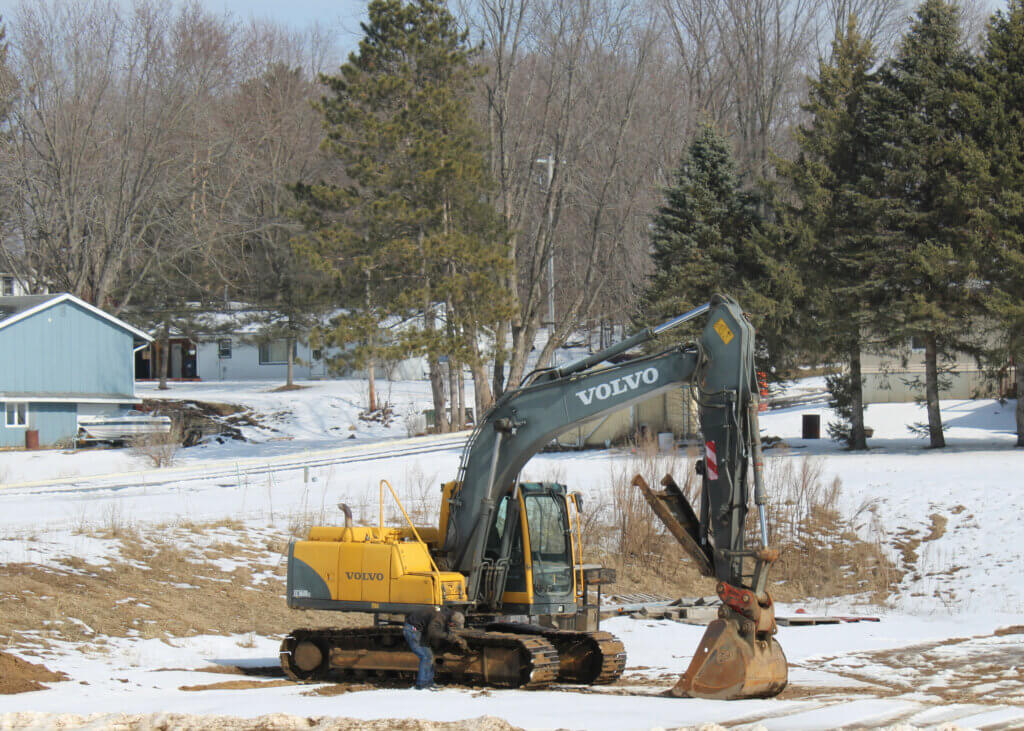
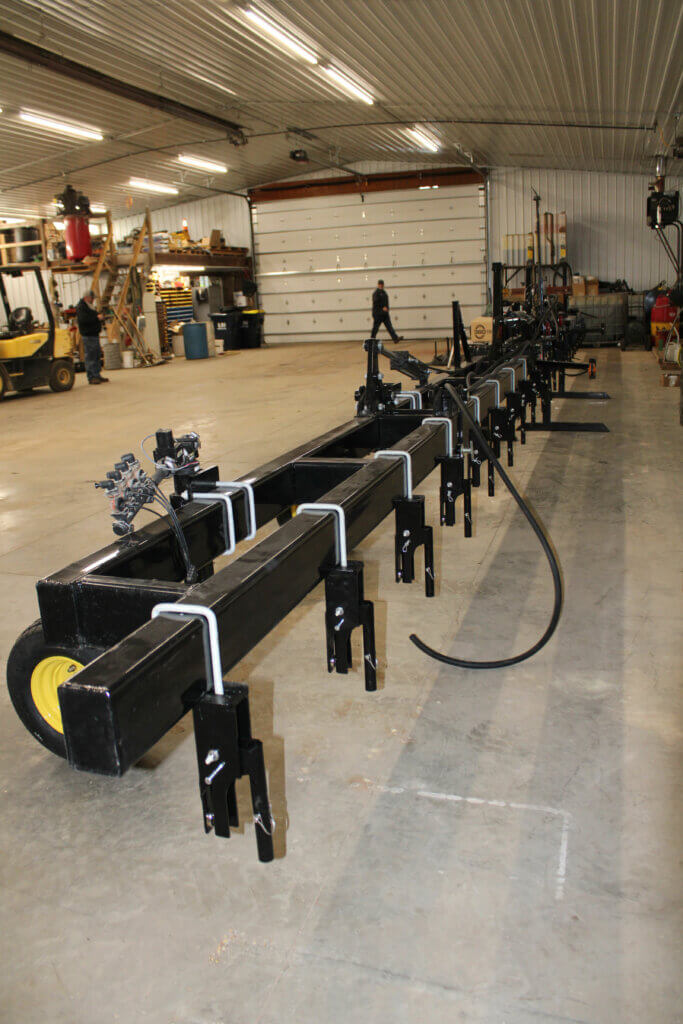
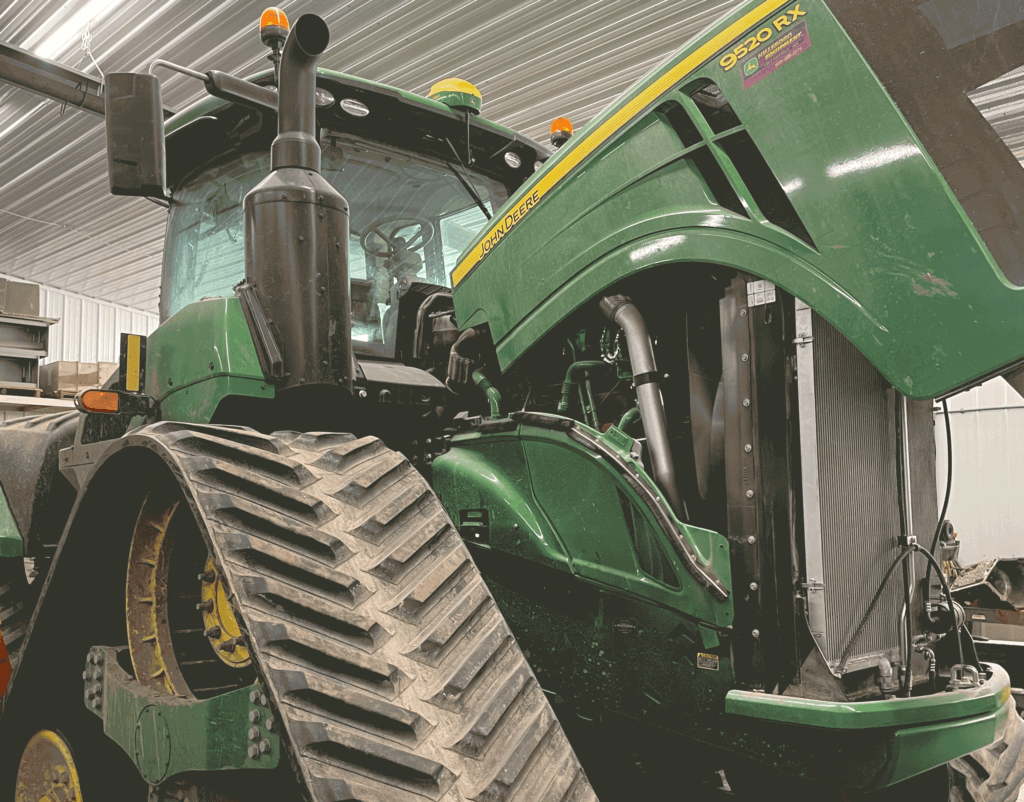
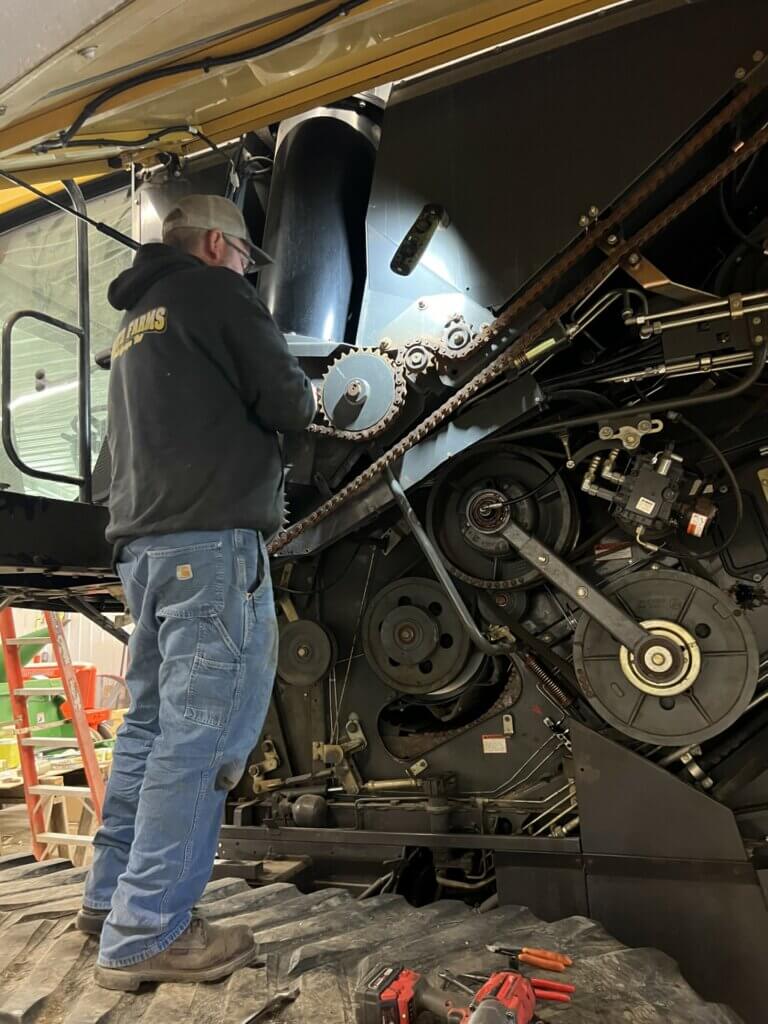
Between routine maintenance on our equipment, hauling corn to the local ethanol plant, and helping plow snow for the Holtz Companies facilities, Paul, Rich, and Shaun stay busy. Tyler utilizes the off-season to finalize and report the last years crop production and start planning our next crop year. Selecting what variety of seed and mapping out each acre along with choosing the insecticides, herbicides, and fertilizers comes well before spring season in order for everything to be ready for when the ground thaws and we can start our spring planting and application.
SPRING – Planting and Side-Dressing Season
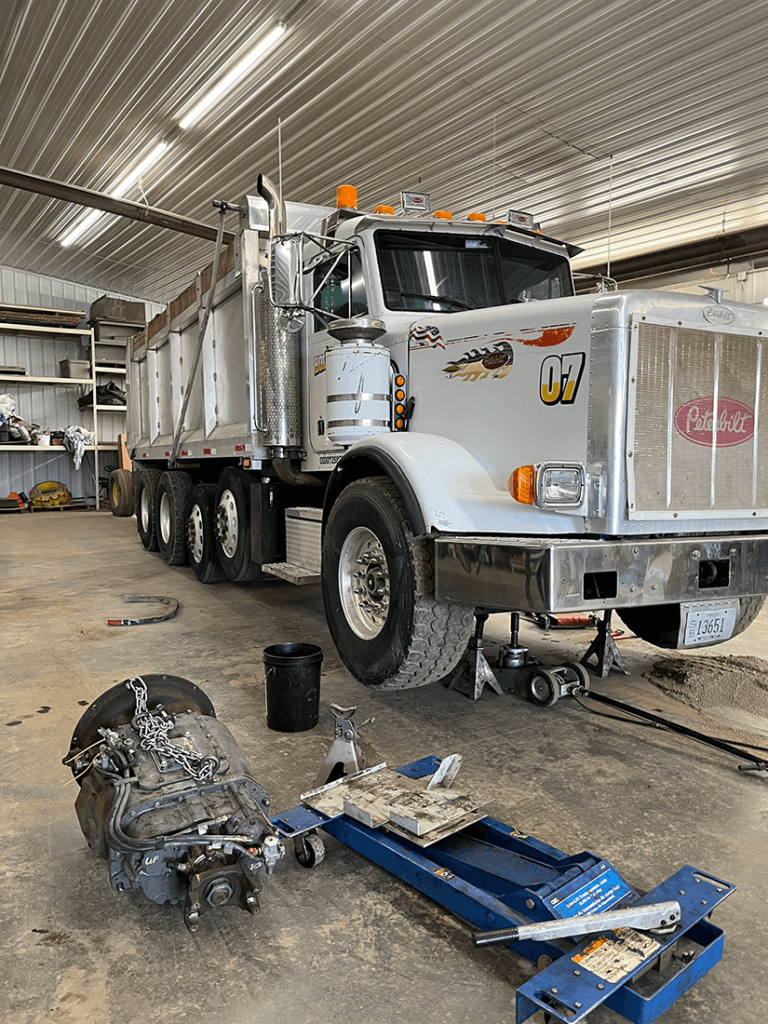
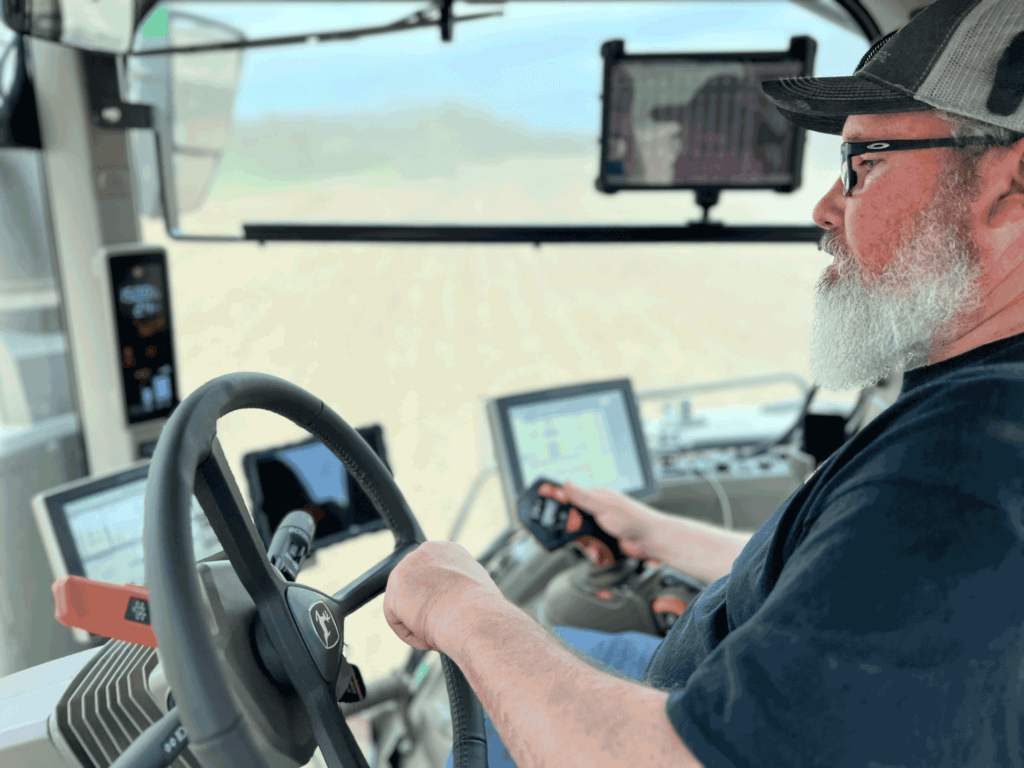
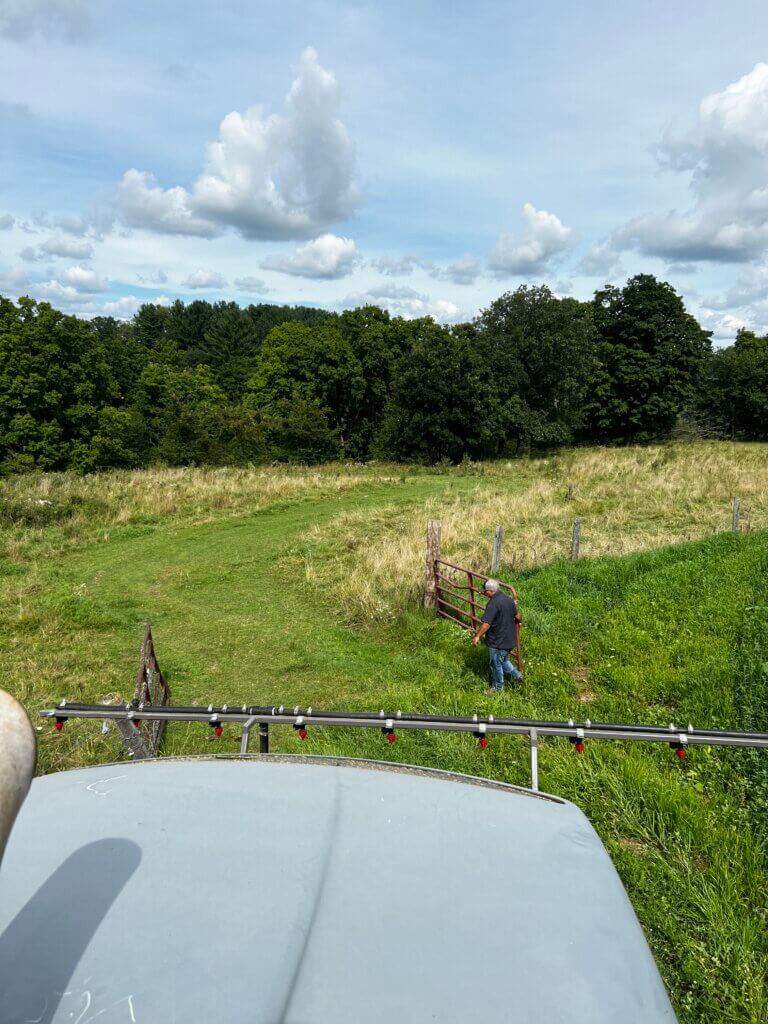
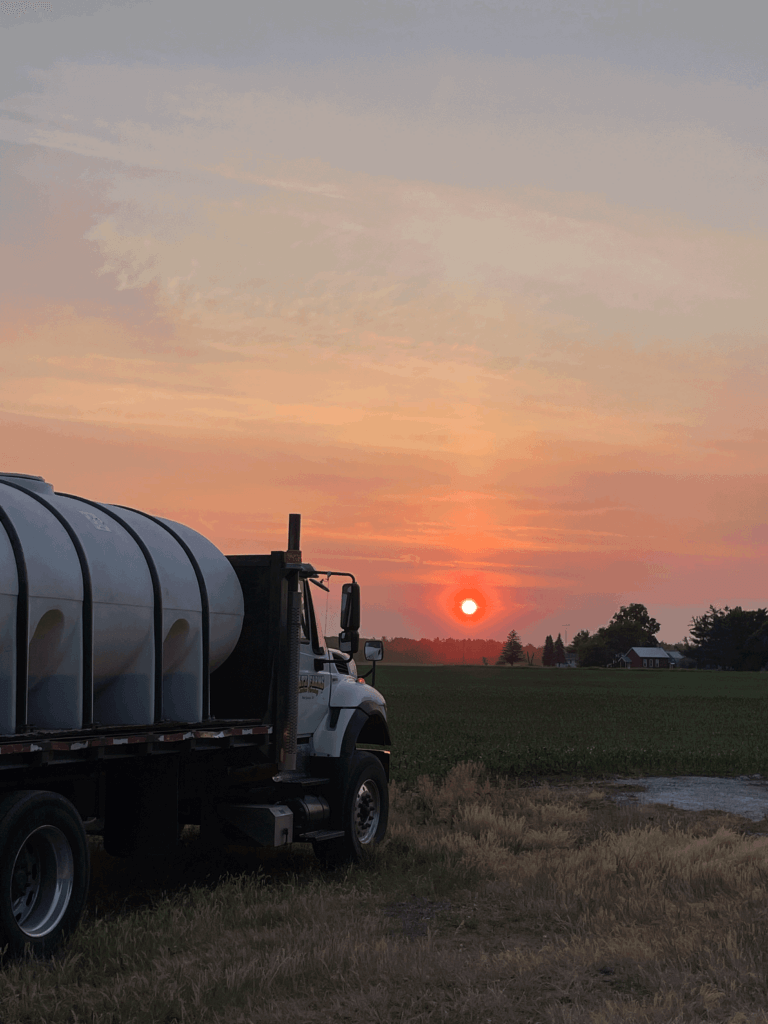
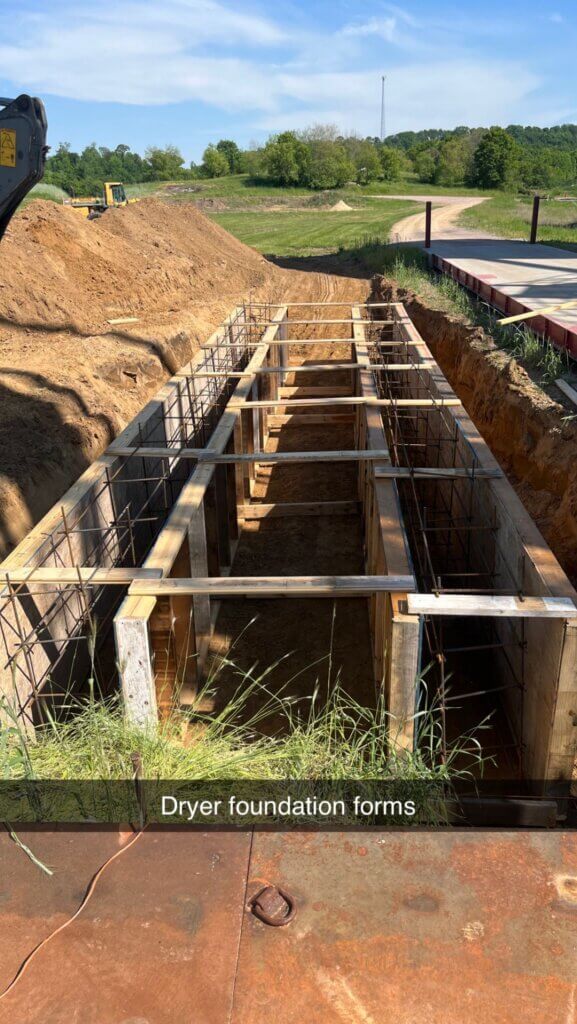
Planting season begins when the soil reaches an optimal temperature of 55 degrees. Prior to planting our corn, we strip-till the fields and complete any other pre-planting items necessary for overall health of the plant. During this time, we spread fertilizer for the soybeans, wheat, and rye crops, this adds nutrients to the soil and boosts crop growth when the plant has already started to grow. We also make timely applications with our sprayer to control weeds, diseases, and insects, and trim trees on our tree edges.
SUMMER – Growing and Spraying Season
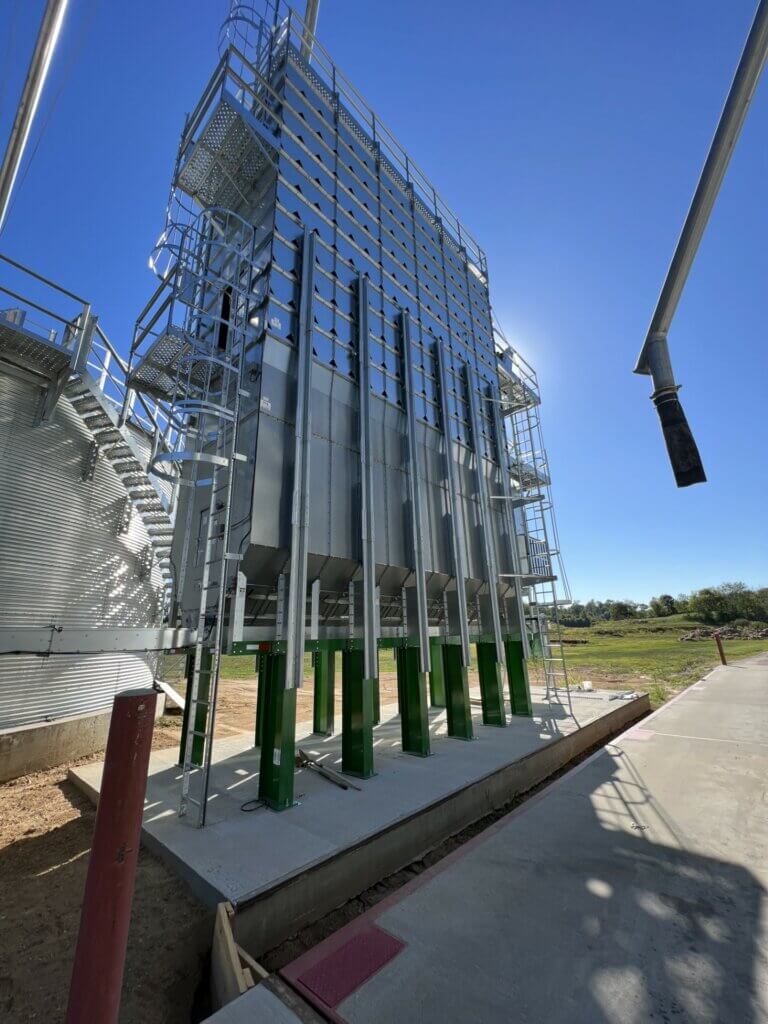
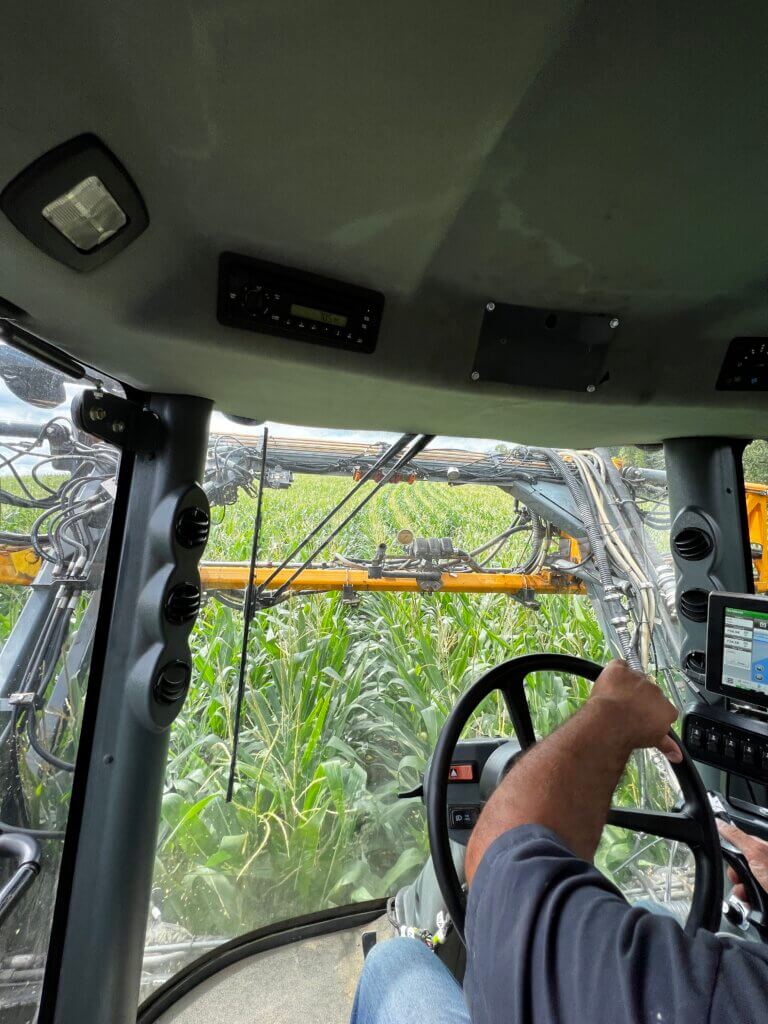
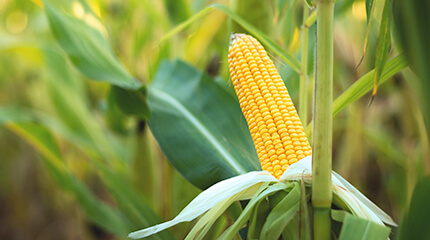
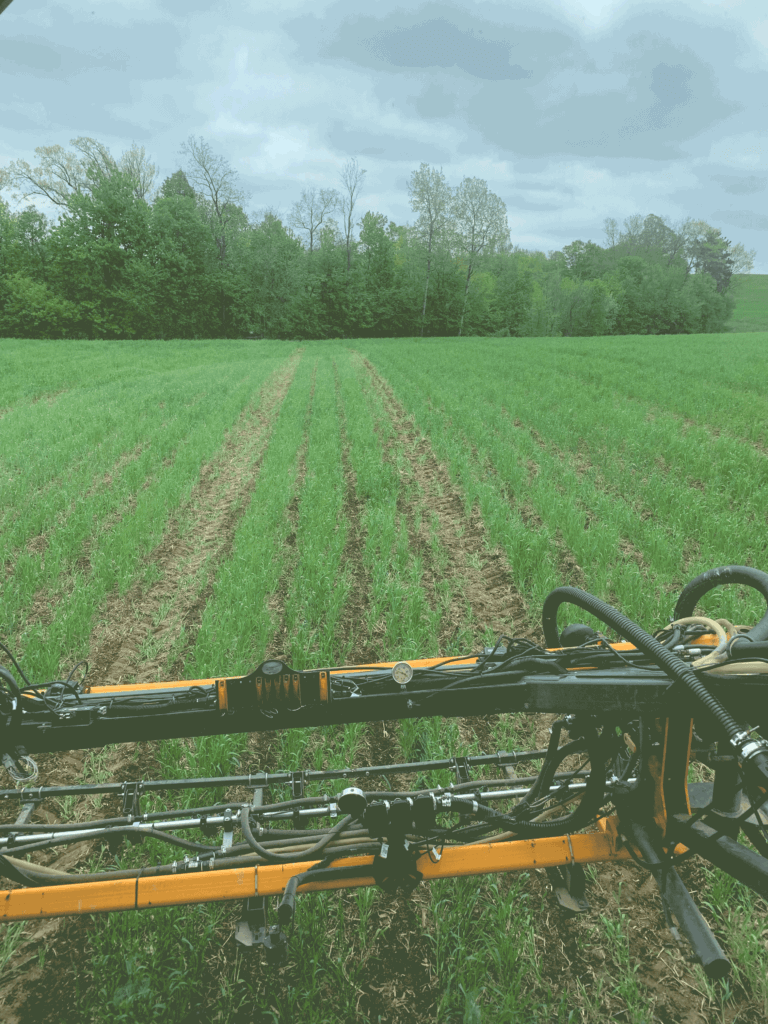

June, July, and August are the main growing months for our Wisconsin production. We mainly monitor the fields, irrigate the crops, side-dress the corn, and finish up any needed spraying for any pests. We also harvest the wheat and rye fields and plant a multi-specie cover crop on those acres. Leading up to harvest season, we do routine maintenance on our combine and equipment to get it in perfect shape before everything gets hectic.
FALL – Harvest and Cover Crop Season
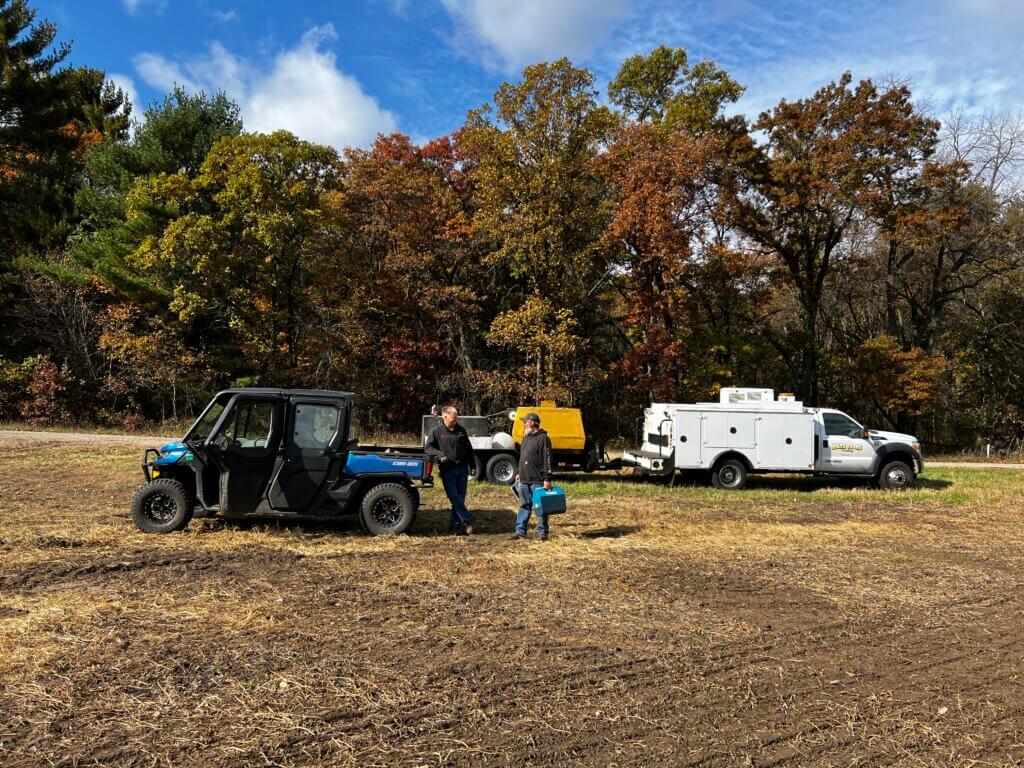

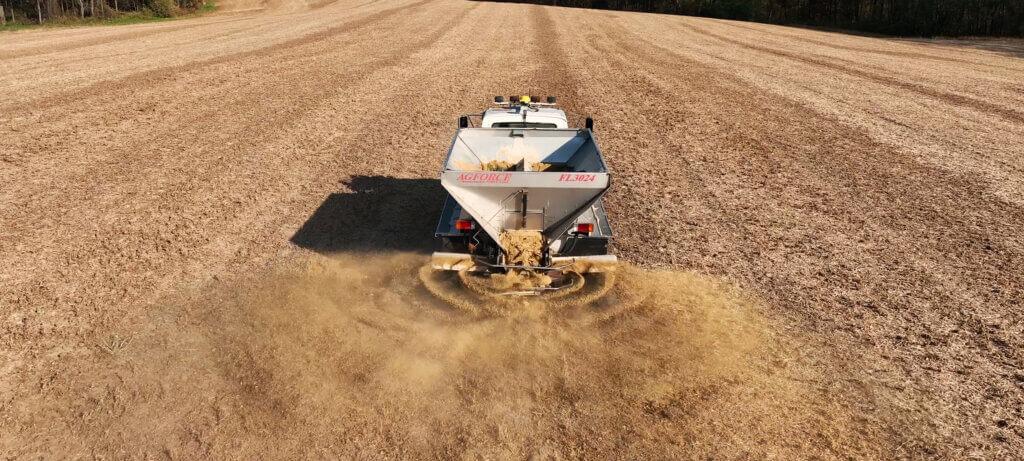
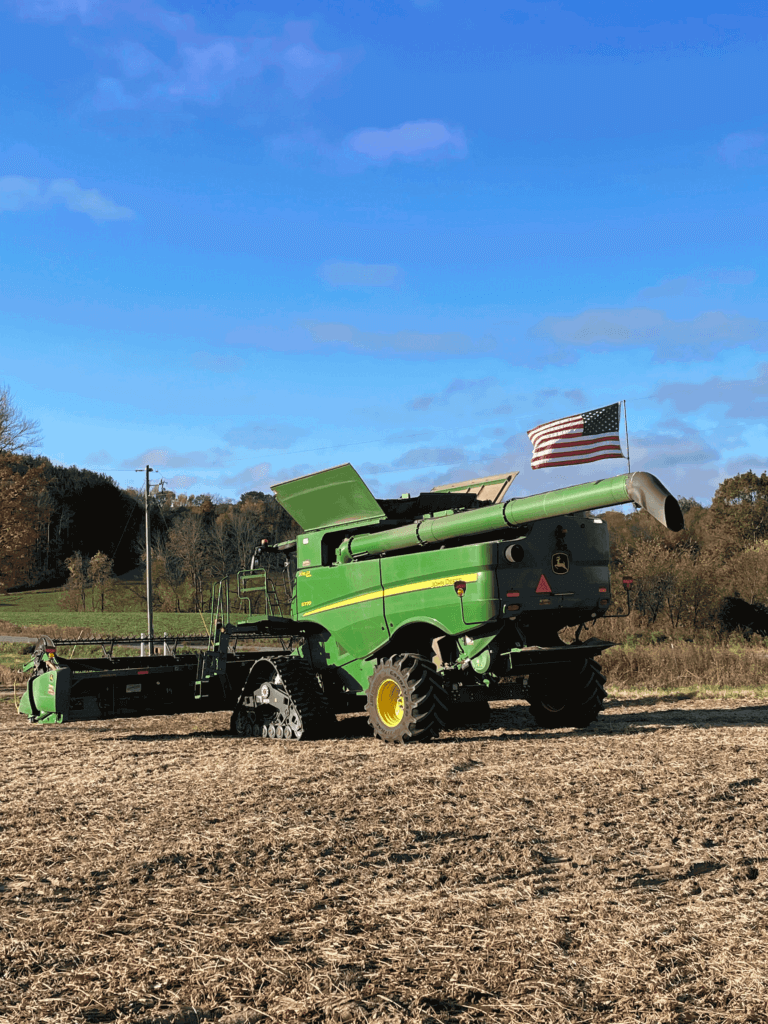
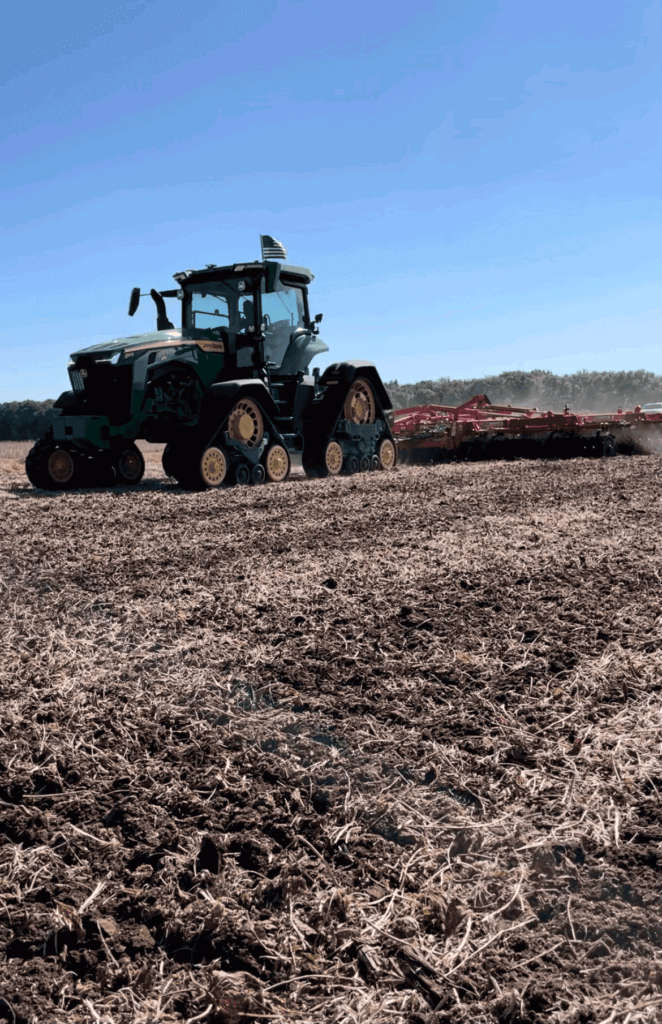
In the fall months, our soybeans and corn are harvested. We truck the corn to our facility at the farm where we dry and store the corn until a later date. Our soybeans typically get hauled directly from the field to the co-op. After the crop is harvested, we do any correction that might be needed to those fields. It may be fixing and repairing any waterways to then applying lime and fertilizer according to our soil tests. Finally, we plant a cover crop to help protect the soil from erosion while building soil health.
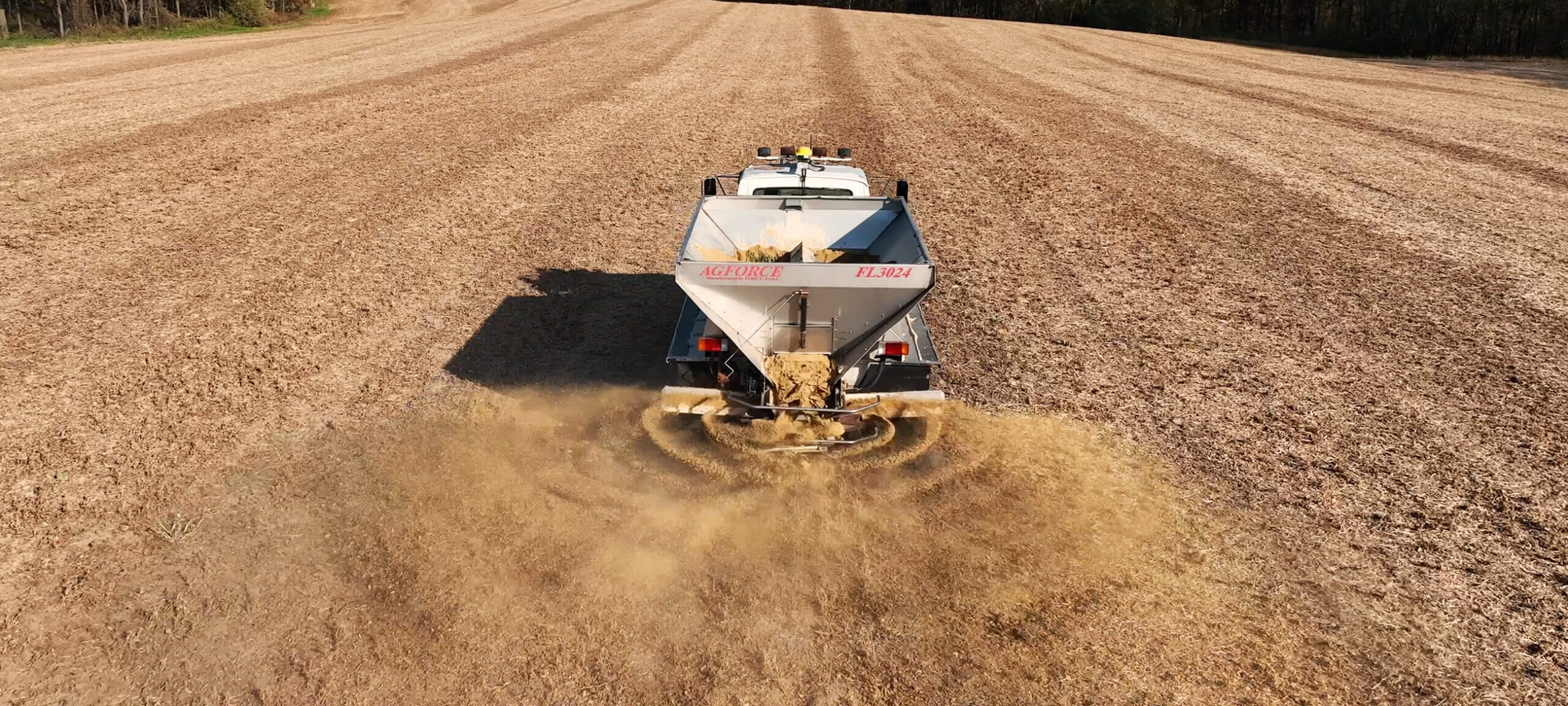
Let’s Chat
Are you curious to learn more about our practices?
Let’s talk about how we can help better your farm land.


